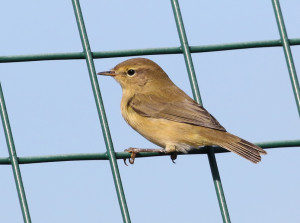
It was with some sense of relief that I looked out of the window this morning and saw that after several days of awful weather the skies had finally cleared so a birding excursion was quickly planned. A group of Whooper Swans had been reported a few days previous on nearby Hoo Peninsula, near the Isle of Grain in North Kent. Although I have seen lots of these birds in other parts of the world I don’t see very many of them in UK and with foreign travel not being an option currently I decided to go and see if it was possible to view them well or whether they would be mere white dots in a distant field. Given the time of the year I thought that I would also take a look around various scruffy areas on the coast in the “island” to see if I could find any interesting migrant birds.
The Hoo Peninsula and Isle of Grain are situated within the Thames Estuary and consists mostly of wet grassland and salt marsh with a large industrial area on a former oil refinery and a power station. These habitats can be quite attractive to a variety of migrant and wetland birds, particularly in the winter and given winds from the right direction at the right time of the year it is potentially quite a good place for finding migrant birds in Autumn. The stormy weather of the previous few days had driven a group of four Whooper Swans into the area; birds that I do not often have the opportunity to see in Kent and it only took me around half an hour to reach a small parking area near Allhallows from where I could make a short walk across the grazing marsh to Binney Farm from where the birds had been seen. Often views of Whooper Swans can be from a long distance but this time I was lucky with the four Whooper Swans feeding in a cabbage field, less than a hundred metres away. I was fortunate that there was a mature hedge in the area, along which I could approach the birds without breaking cover and disturbing them.
On my way to the cabbage field I saw quite large numbers of Meadow Pipits in wet grassland along with smaller numbers of Skylark. Over the years numbers of migrant birds in Autumn continue to decline but Meadow Pipit remains just about the only small bird that birders in UK see in large numbers migrating at this time of the year.
A Sparrowhawk caused a big disturbance among the Meadow Pipits as it came through but I was too slow to get a good shot of it, only capturing it as it was flying away.
Some Swallows and a few House Martins were the only other birds in evidence so I decided to head to another area where tired migrants might be more likely to be feeding in bushes or loafing around on the coastline. It only took 10 minutes or so to get to Grain Coastal Park where Oystercatchers and Curlews were in evidence on the mudflats but with the incoming tide they all began moving up the coast a little to their high tide roost.
I avoided the manicured part of the park and followed the waders up the coast, finding a narrow path through the brambles and hawthorn that lead to a quiet part of the coastline, an overgrown and unkempt area that should be attractive to migrant birds. Lots of Chiffchaffs were obvious and a few Blackcaps were also busy feeding on berries while on the beach a Wheatear was feeding among the pebbles and perching nicely on some concrete blocks, designed to reduce coastal erosion.
This particular bird was obviously quite tired as it allowed me to get quite close so I left it alone so that it was able to feed undisturbed. A group of Black-tailed Godwits on the beach were of interest and a fly past Common Shelduck put in an appearance. Part of the area here is fenced off as it is an MOD “demolition area” and a number of Chiffchaffs were busy, buzzing around the fencing, catching small insects to fatten up on.
Many birds that are familiar to us as resident species are also migratory, with arrivals particularly from Scandinavia at this time of the year so it was hard to know if the abundance of Dunnocks was due to lots of resident birds or an influx of migrating birds. Lots of Robins were probably resident birds as most of them were singing their autumn/winter song.
Of course at this time of the year the expectation is that something rare will turn up so that when I saw a dull brown bird with a harsh “chack” call in some bramble bushes my hopes were up. over the course of the next ten minutes I did my best to string this bird into a Marsh Warbler or Blyth’s Reed Warbler, indeed its behaviour indicated the latter species but inspecting my photographs at home revealed a rufous rump and primary projection that pointed towards Eurasian Reed Warbler.
With that stringy excitement I decided it was time to go home. The Isle of Grain has some fairly lonely areas and has plenty of potential for birding, despite the fact that few birders visit the area. Does this mean that many have tried it and found the area less productive than expected or are few “good” birds found there because few birders are visiting?
The map above shows the two sites I visited but there is a lot of salt marsh on the south of the area that could be interesting, particularly in winter for wildfowl. Try a visit yourself if you are in the area.


 October 6th, 2020
October 6th, 2020  Nick
Nick 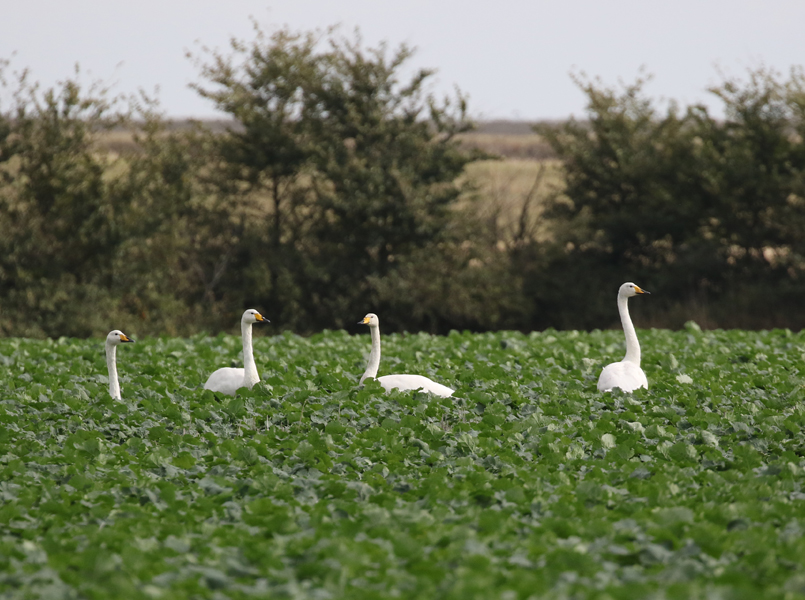
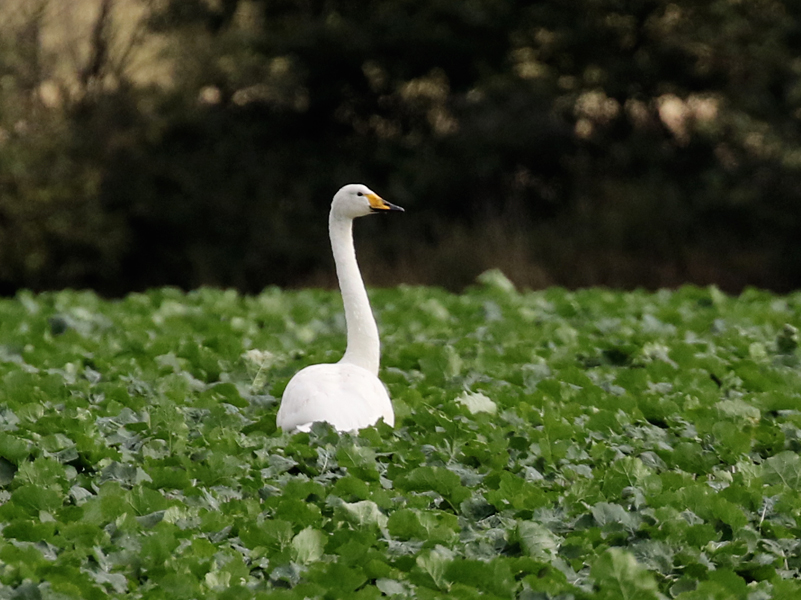

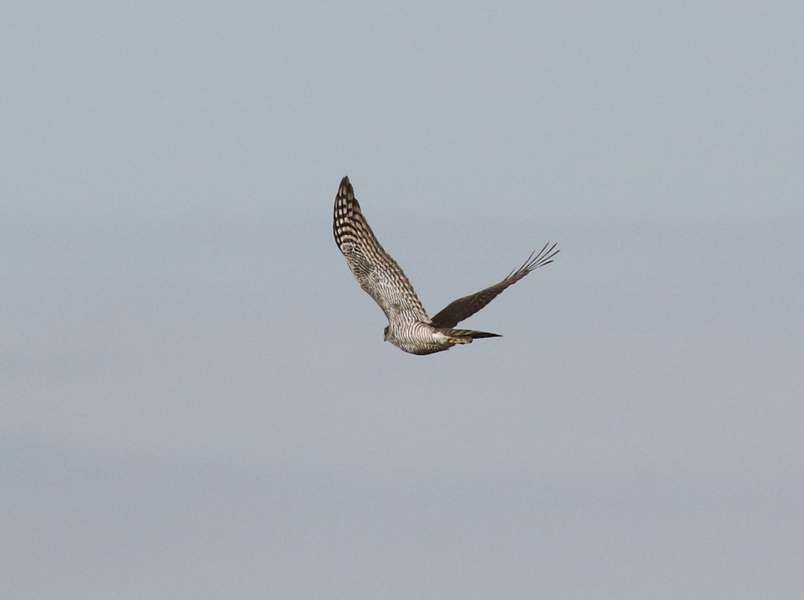
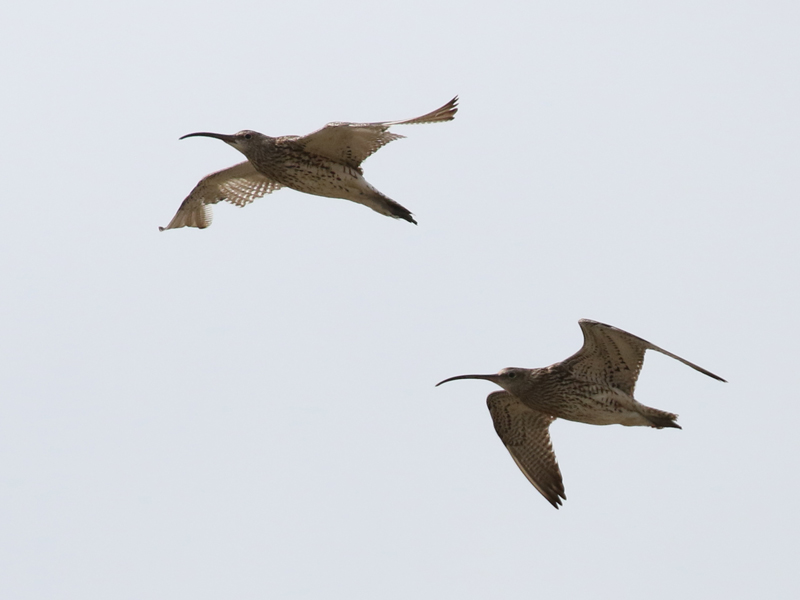
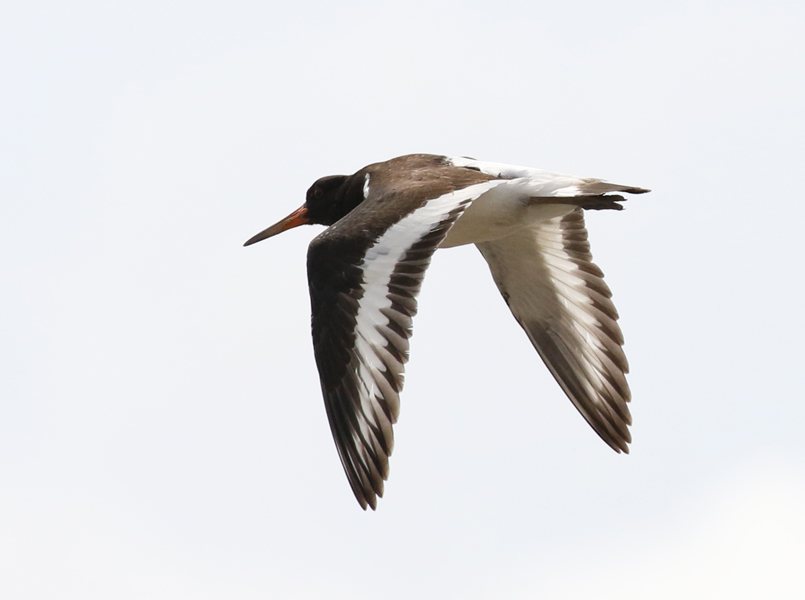
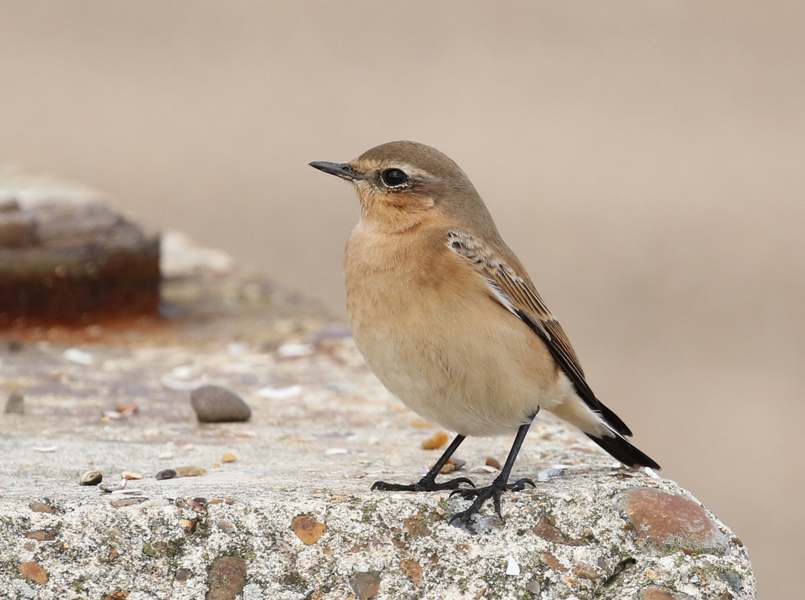
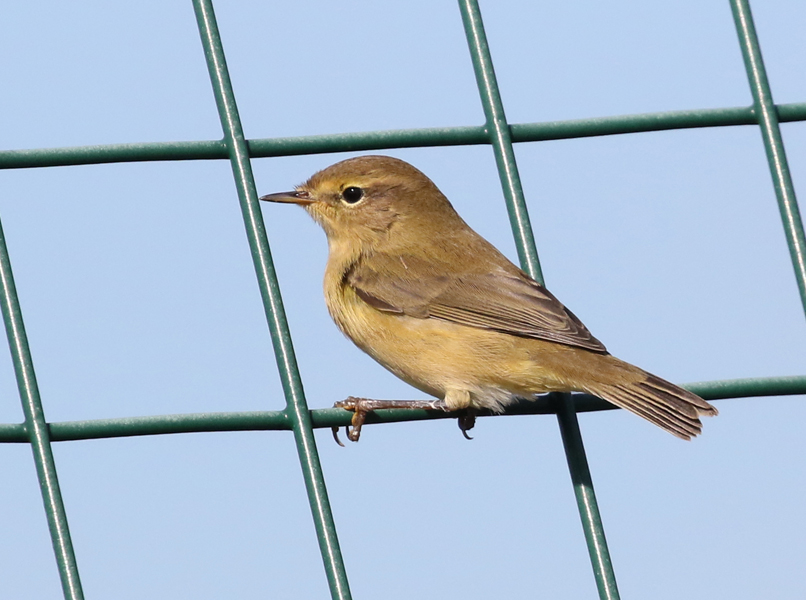
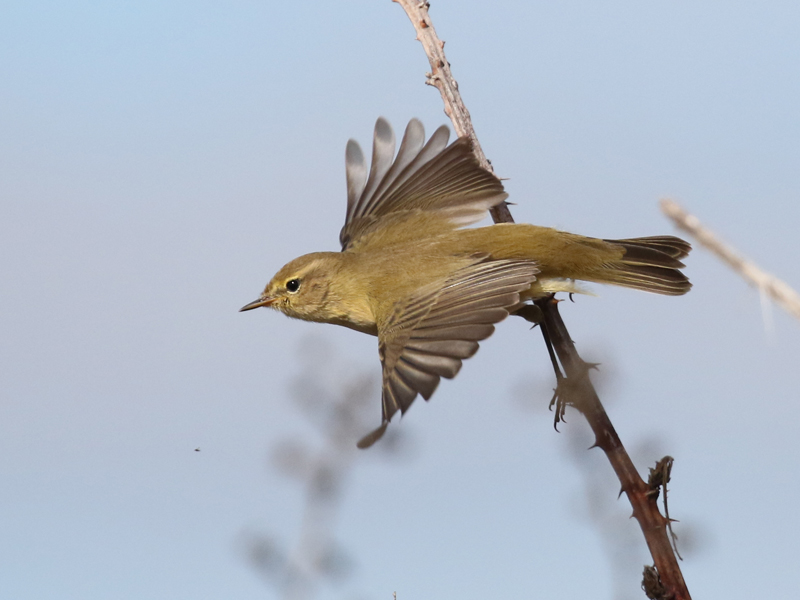
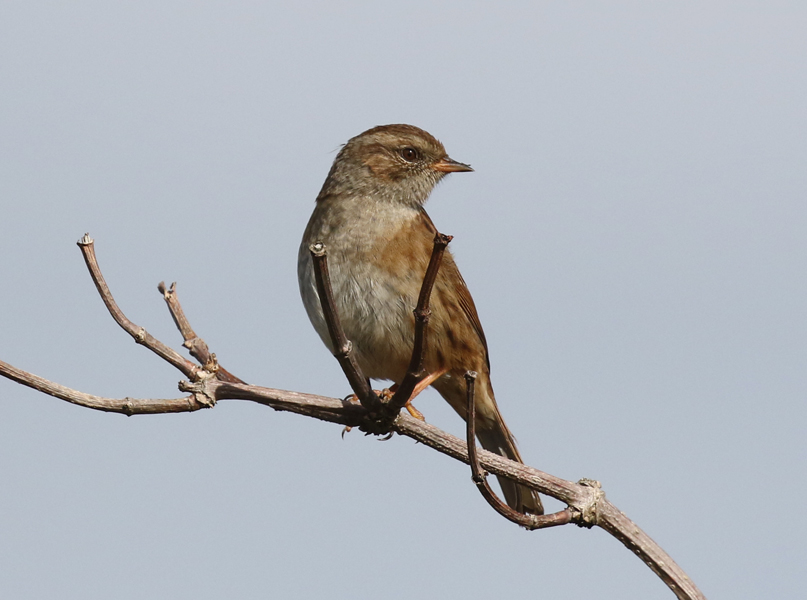
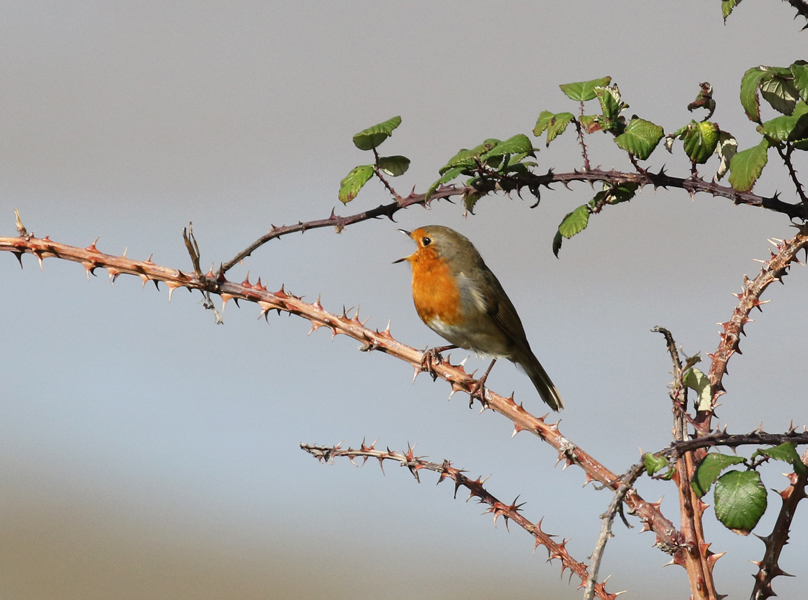

 Posted in
Posted in  Tags:
Tags: 










